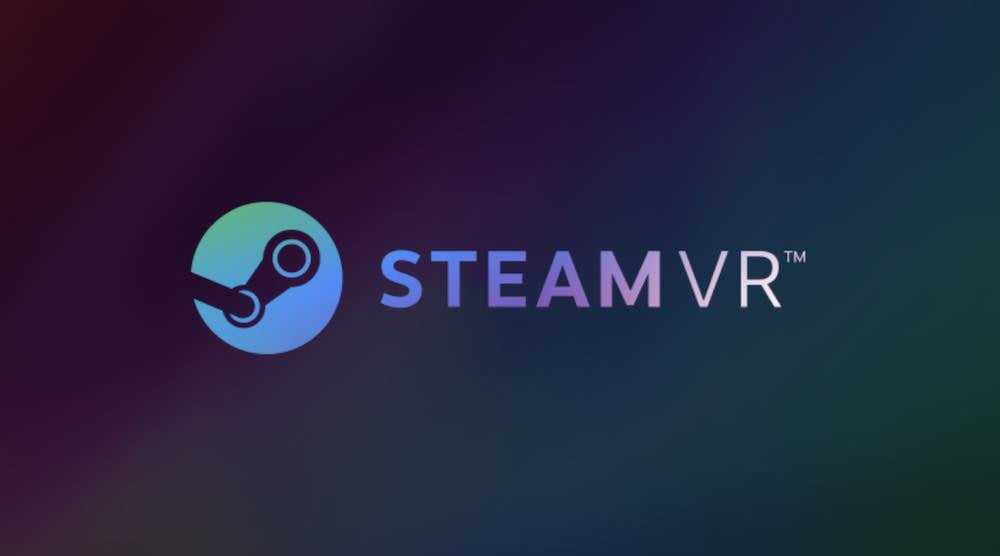Nearly ten months after the launch of Meta Quest 3, Valve Index is still the second most used SteamVR headset:
Quest 2: 39.66 percent Valve Index: 16.10 percent Quest 3: 15.65 percent Quest 3, released in October 2023, took third place in January 2024 with a 14% share of SteamVR headset usage, but has only grown slightly since then. Six months later, Valve Index is still defending its position. An impressive feat! The headset celebrated its fifth birthday in June and is still sold by Valve (the Valve Index VR kit costs twice as much as Quest 3). No successor has been announced or hinted at by Valve.
In general, not much has happened with the SteamVR stats since we last wrote about them in May. Will the release of the PC adapter for Playstation VR 2 next week bring some change? We are curious to see how Sony’s headset will fare in the SteamVR stats. The same goes for the budget headset Meta Quest 3S, which is expected to be released later this year.
SteamVR users as a percentage of the total Steam user base has dropped from 1.92 to 1.73 percent since April.



What I don’t get is why 3rd party studios don’t use the Source engine more. Alyx
and Boneworksetc show that it is by far the best engine for VR fps.But we rather get janky Unity3D games that mostly suck.
The only real reason that I can think of is studios wanting to make cross platform games that work natively on the Quest as well, but there is literally no good VR fps that pulled off that feat. without compromising so much that the result didn’t suck on both platforms.
Boneworks uses Unity.
Hmm, interesting. So Unity can be made to be non janky in VR. Thanks for the correction.
I’m not convinced that the engine is going to solve that problem. Janky programmers will make janky games no matter the engine. And how many VR Games have been made on Source? 1? Not exactly a good set of examples for them to work from there.
They can just use the code from Alyx and replace the assets: Instant good VR fps. This constant reinventing the wheel for stuff that’s available and well proven is the problem.
I don’t know. Could it be a licencing issue? Cost? Or just that they would have to learn a new engine just for a VR game that isn’t as versatile as Unity? I don’t know.
As a programmer (though not in the games industry) I can inform you that the vast majority of sw companies operate by the “the fastest solution is the best solution” principle. If they have developers who already know Unity it’s a pretty big expense to have everybody learn a new game engine, and the management would need to be convinced that using Source is going to lead to a corresponding increase in sold copies of their games.
That’s one of the whole issues with VR adoption. Valve didn’t release a VR engine! I wish they released a VR engine and Alyx was only a simple tech demo. They inverted what was needed and adoption of VR has suffered.